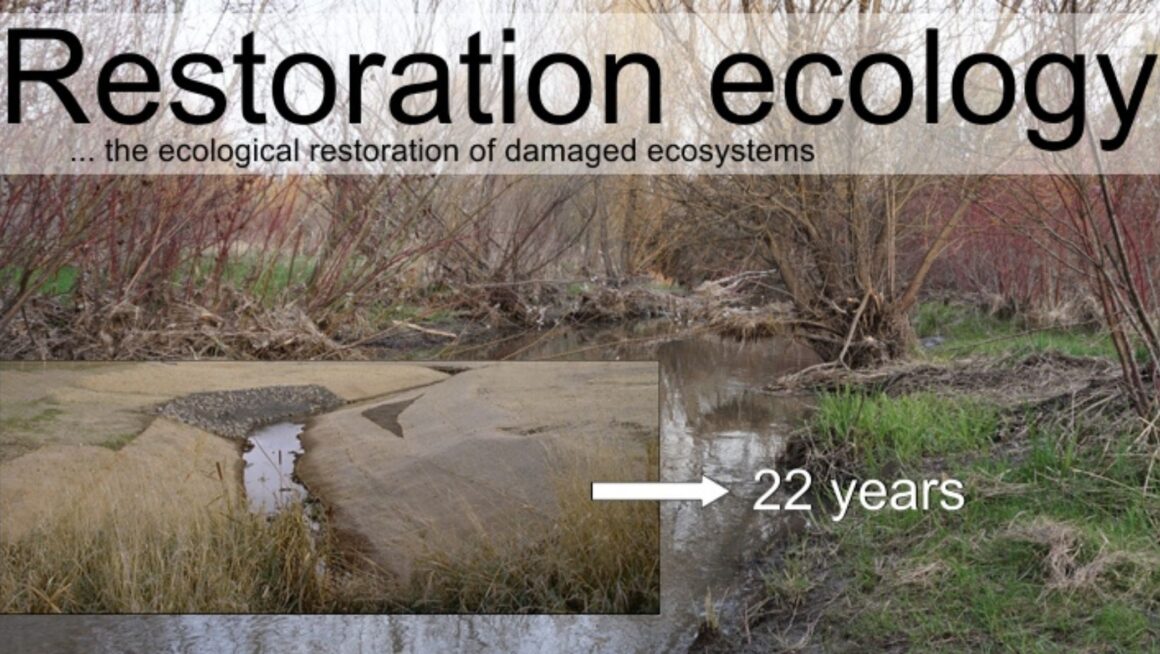Restoration Ecology
Restoration ecology is a field dedicated to restoring ecosystems that have been damaged, degraded, or destroyed. As an expert in this area, I’ll delve into the importance of restoration efforts in preserving biodiversity and mitigating environmental damage caused by human activities.
One key aspect of restoration ecology is ecosystem rehabilitation. It involves not only reestablishing native plant and animal populations but also rebuilding the intricate web of interactions that define a healthy ecosystem. Through my experience, I’ve witnessed firsthand how strategic restoration projects can lead to significant improvements in biodiversity and ecological resilience.
By applying scientific principles and innovative techniques, restoration ecologists like myself play a crucial role in reversing the impacts of habitat loss, pollution, climate change, and other threats to natural environments. The work we do isn’t just about repairing the past; it’s about creating a more sustainable future for all living organisms on our planet.

The Importance of Restoration Ecology
Restoration ecology plays a crucial role in revitalizing ecosystems that have been damaged or altered by human activities. By focusing on restoring habitats, biodiversity, and ecological functions, RESTORATION ECOLOGY aids in mitigating environmental degradation and promoting sustainability for future generations.
Environmental Recovery
Restoration ecology helps reverse the adverse impacts of deforestation, pollution, urbanization, and other human-induced disturbances on natural landscapes. Through targeted interventions such as reforestation projects and wetland restoration efforts, we can witness the gradual recovery of ecosystems over time.
Biodiversity Conservation
One significant aspect of restoration ecology is its contribution to conserving biodiversity. By restoring native plant species, creating wildlife corridors, and reintroducing endangered species into their habitats, we help maintain balanced ecosystems and safeguard the variety of life forms on our planet.
Climate Resilience
Restored ecosystems are better equipped to withstand climate change effects such as extreme weather events and rising temperatures. Wetlands act as carbon sinks, forests regulate local climates, and healthy soils enhance water retention abilities—these ecosystem services are vital for building resilience in the face of environmental challenges.
Community Engagement
Engaging local communities in restoration projects fosters a sense of stewardship towards nature. When people participate in tree planting initiatives or habitat restoration activities, they develop a deeper connection to the environment and understand the importance of preserving natural resources for present and future well-being.
Incorporating principles of restoration ecology into land management practices not only benefits ecological health but also enhances human quality of life by creating sustainable environments that support diverse flora and fauna interactions.

Key Concepts in Restoration Ecology
Restoration ecology is a field dedicated to repairing and renewing damaged ecosystems, aiming to bring them back to a healthier state. It involves a range of strategies that focus on enhancing biodiversity, ecosystem services, and resilience. One key concept in restoration ecology is the rehabilitation of habitats that have been degraded due to human activities such as deforestation, pollution, or urbanization. By reintroducing native plant species, restoring water sources, and controlling invasive species, we can help ecosystems recover.
Another essential aspect is ecosystem resilience, which refers to the ability of an ecosystem to withstand disturbances and adapt to changing conditions. Restoration efforts often aim not only to restore the ecosystem but also to enhance its resilience against future threats like climate change or extreme weather events. For example, planting diverse vegetation can improve soil stability and water retention capacity, making the ecosystem more resilient.
Community involvement plays a crucial role in successful restoration projects. Engaging local communities in planning and implementing restoration initiatives fosters a sense of ownership and stewardship among residents. When community members participate in monitoring progress or conducting restoration activities themselves, it creates a stronger bond between people and nature.
Monitoring and adaptive management are vital components of effective restoration ecology practices. Regular assessment of restored sites helps evaluate the success of interventions and identify any challenges that may arise. By using data-driven approaches and adjusting strategies based on monitoring results, restoration ecologists can continuously improve their techniques for future projects.
In conclusion, by understanding these key concepts – habitat rehabilitation, ecosystem resilience, community involvement, and adaptive management – we can make significant strides in restoring ecosystems worldwide. Each concept contributes uniquely to the overarching goal of promoting environmental sustainability and preserving biodiversity for future generations.


